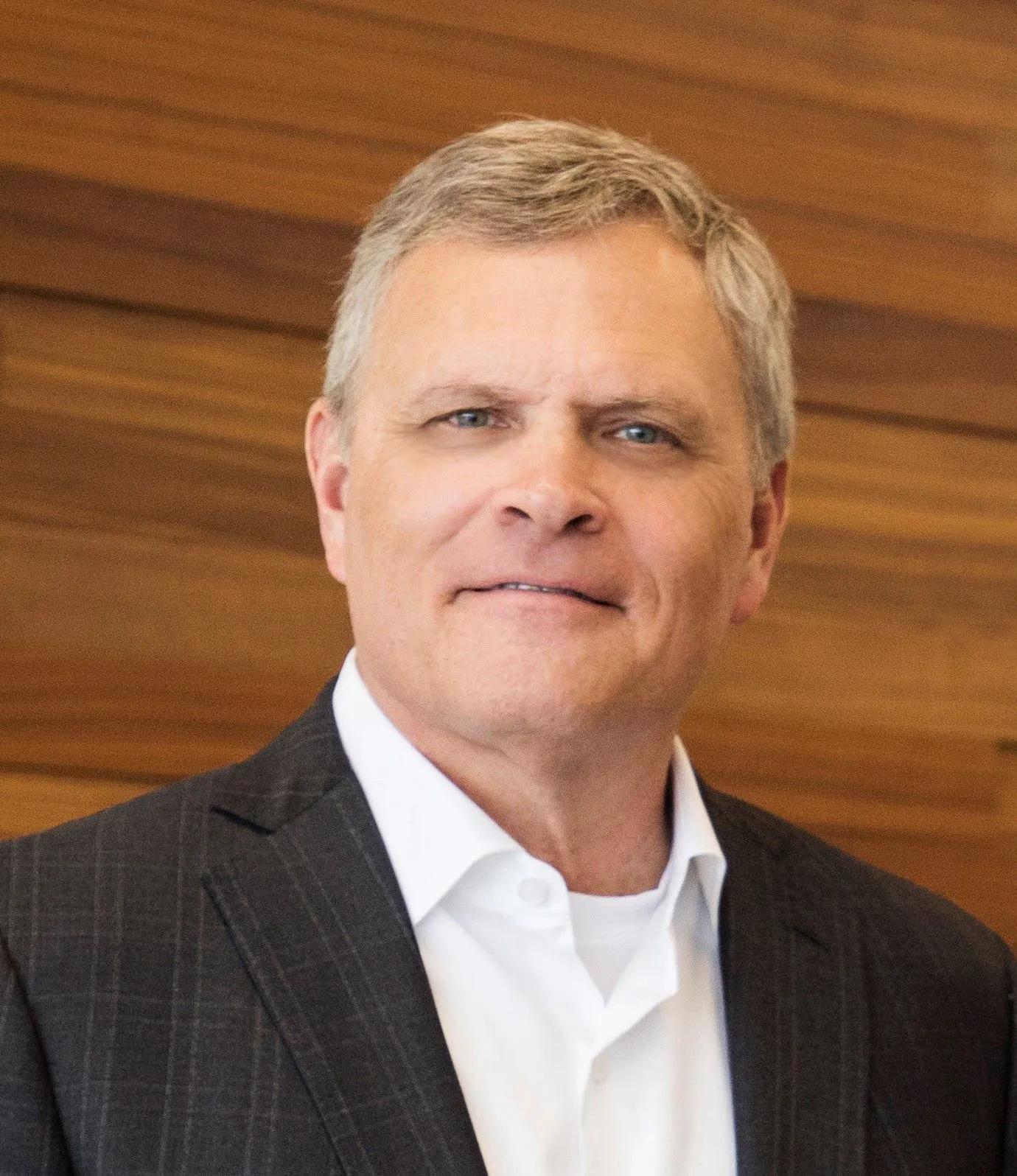Article
ACP sets out to reform primary care systems
The American College of Physicians (ACP) unveiled the cornerstones of a comprehensive strategy to redesign the way primary care is taught, delivered, and financed. Speaking at its Annual Session on Thursday, ACP President C. Anderson Hedberg, MD, noted that the College believes "we are on the threshold of almost revolutionary changes that will mean a higher quality of care while making better use of society's scarce resources."
The American College of Physicians (ACP) unveiled the cornerstones of a comprehensive strategy to redesign the way primary care is taught, delivered, and financed. Speaking at its Annual Session on Thursday, ACP President C. Anderson Hedberg, MD, noted that the College believes "we are on the threshold of almost revolutionary changes that will mean a higher quality of care while making better use of society's scarce resources."
The new initiatives are spelled out in three policy papers. "Creating a New National Workforce for Internal Medicine" addresses the looming crisis in the supply of primary care physicians and its potential impact on health care for the US population. "Unless steps are taken now, there will not be enough general internists to care for our aging population and the growing incidence of chronic diseases," said Donna Sweet, MD, Chair, ACP Board of Regents. "Without general internal medicine, the health care system will become increasingly fragmented, overspecialized, and inefficient, leading to even poorer quality care at higher costs than we have today."
The ACP is calling for a national healthcare workforce policy that will:
- reverse the impending collapse of primary care medicine,
- support the complimentary but different roles played by general internists and family physicians,
- propose comprehensive measures for making primary care a more attractive choice for medical students and residents, including ways to mitigate medical school debt,
- recognize and support the critical roles played by internal medicine subspecialists, hospitalists, and geriatricians in meeting the needs of the aging population,
- increase the numbers of physicians trained in general internal medicine who are prepared to practice in new patient-centered and chronic care models,
- support the role of nurse practitioners and physicians assistants within collaborative teams, and
- address the contributions of international medical graduates in meeting the current and anticipated needs of this country's patient population.
The second of the three policy papers, "Redesigning Training for Internal Medicine," focuses on the importance of and means for providing students with the right educational experience and role models early in medical school, revamping residency programs to include more education in ambulatory care, and redesigning faculty models to encourage and reward faculty who are excellent clinicians as well as excellent teachers. "We're actively working with many other stakeholders in internal medicine to get these proposals implemented," said Steven E. Weinberger, MD, ACP's Senior Vice President, Medical Education and Publishing.
Robert B. Doherty, Senior Vice President, ACP Governmental Affairs and Public Policy addressed the third leg of the reform stool. "The current Medicare payment system limits innovation and does not support the value of skills and quality of services that internal medicine and primary care physicians provide. This paper identifies how dysfunctional Medicare payment policies are driving physicians out of primary care and what policymakers should do about it," he said. It provides recommendations to:
- ensure the accurate valuation of primary care services through a reexamination of the Medicare RBRVS,
- provide payments for services that facilitate accessible and coordinated care, such as e-mail consultations,
- add a quality component to the Medicare Payment system, and
- replace the sustainable growth rate formula with alternative payment and delivery models.
"There is clear evidence that the availability of primary care is directly associated with better care and lower costs. Restoring the value of primary care is the best cure for the ailing heath care system," Doherty said.





